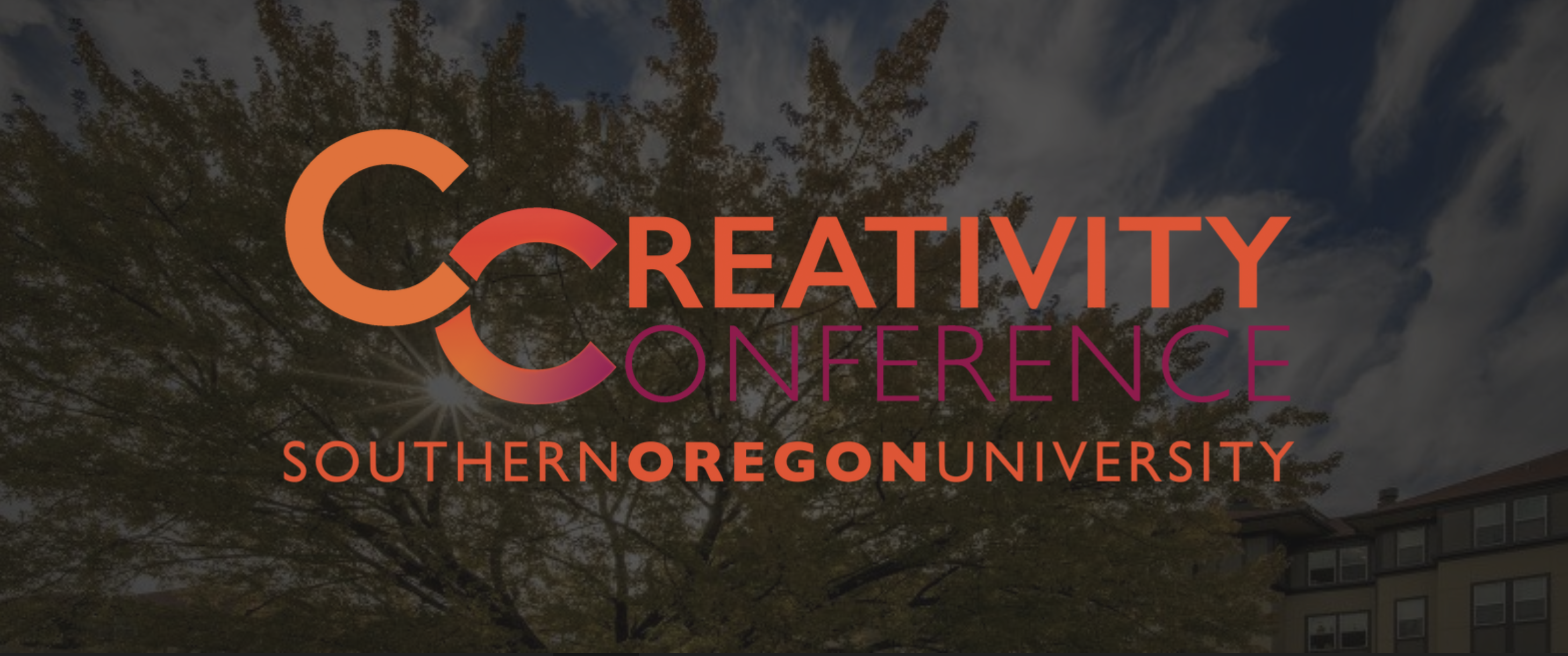Embodied Cognition of Musical Creativity
My study on cognitive aspects of composition and performance Ligeti’s Piano Etude no 15, White on White, will be presented in a lecture-recital at the International Festival for Artistic Innovation at Leeds College of Music (UK) in March 2014. The festival emphasizes the importance of interdisciplinary and collaborative practices in music and the arts. It will feature concerts, presentations, interactive workshops and masterclasses that involve music production, jazz, contemporary classical music and popular music (composition, performance, production and pedagogy in both their ‘distinct’ forms and as part of interdisciplinary arts practice). The goal of IFAI is to highlight themes of innovation, creativity, and collaboration as the related to the festival’s mission and outreach statement. The participants will share their contributions in the fields of music composition, performance, and interdisciplinary practices, analysis, critical theory, musicology, and pedagogy.
This research on Ligeti’s compositional practice in the context of embodied cognition was also featured at Ligeti Symposium and Festivalat Florida State University (October 10-13, 2013). Celebrating the musical legacy of György Ligeti, the conference gathered scholars, performers, and composers inspired by Ligeti’s music and writings. Daytime lectures featured presenters from the United States and Europe. The evening concerts included the complete performances of Ligeti’s complete Piano Etudes, Musica Ricercata, Piano Concerto, and Horn Trio, among others. For more information and a list of events, visit the Florida State University Ligeti Conference Schedule.
Paper Abstract
While there are numerous theoretical aspects to his compositional process, Ligeti’s compositional output ultimately reveals his pragmatic nature, closely related to the composer’s unique attitude toward the composition and performance of his works. This paper places Ligeti’s compositional practices in the context of embodied cognition. It achieves this by discussing Ligeti’s work as a representation of a high level of mental and physical constructs, taking direction from those scholars who have focused on the ways in which theories from psychology, linguistics, cognitive science, dynamical systems, and neuroscience coalesce to define the concept embodied mind. By considering the significance of these aspects in conjunction with other musical parameters, the paper offers an analytical overview of Ligeti’s compositional process in his Piano Etude no. 15, also known as White on White.
The paper suggests that the musical and philosophical message of Ligeti’s compositional process derives from the mental and physical forms of the human body; forms which largely determine and condition the nature of his compositions. In particular, the relationship between cognitive and physical aspects of embodied cognition serves as an analytical tool in surveying Ligeti’s creative practice. Discussing the composer’s evident relationship to performative physicality and cognitive plasticity in his study for piano solo, the paper argues that Ligeti’s compositional process draws on aspects of the body (performance and physical perception) in shaping those of cognition (composition and mental representation). In unfolding his compositional process the composer offers a creative paradigm by which the musical composition may offer insight into an embodied mind.




